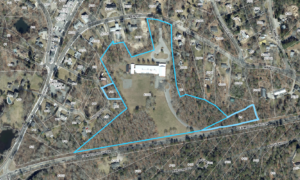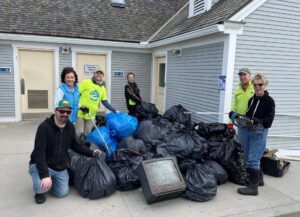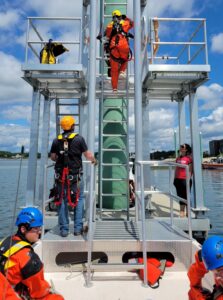 WOODS HOLE – Scientists at the Woods Hole Oceanographic Institution may have found a better path to predicting season rainfall by studying ocean salinity.
WOODS HOLE – Scientists at the Woods Hole Oceanographic Institution may have found a better path to predicting season rainfall by studying ocean salinity.
A study, which was published in “Science Advances” in May, shows a link between higher sea surface salinity levels in the Northern Atlantic Ocean and increased rainfall on land in the African Sahel, which is the area between the Sahara Desert and the savannah across Central Africa.
The scientists identified a patch of the Northern Atlantic with the highest salt concentration anywhere in the open ocean and looked at historical salinity and rainfall data in hopes of answering the question of where all the evaporated fresh water went.
Through the analysis of water transport dynamics in the atmosphere, the scientists were able to see that excessive moisture evaporated from the Northern Atlantic went straight to the African Sahel.
Postdoctoral scholar in physical oceanography at WHOI Laifang Li says ocean salinity not only helps pinpoint rainfall, but can outperform rainfall forecasts based on sea surface temperatures which has been the standard for many decades.
More reliable seasonal rainfall forecasts could have a significant socioeconomic impact on the African region because farmers may choose different crops depending on how much rain the area is predicted to get.























Speak Your Mind